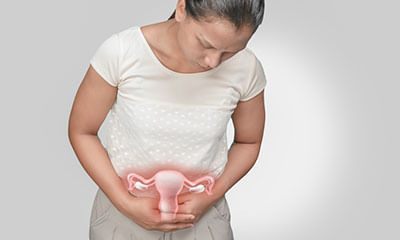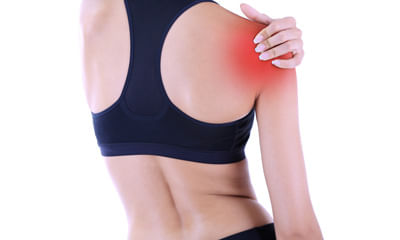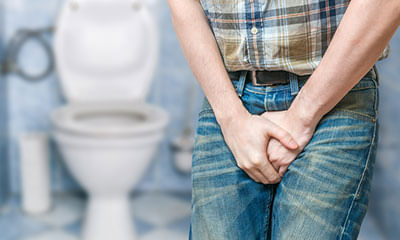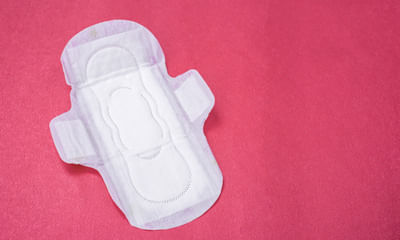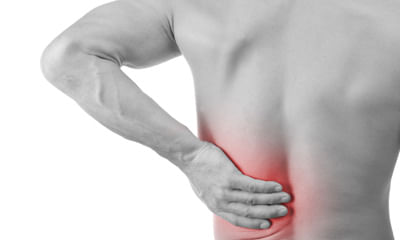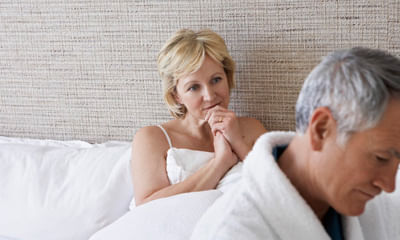Pain After Abdominal Ultrasound
I have pcos and my doctor suggested me to take normoz tablets. After using them for 1 month I got my period and I had un ...
Ask Free Question
Did you do a pregnancy test and if it is negative do not worry. You can get a period 7-10 days after stopping deviry tablet. If still no periods please visit a gynaecologist and get an ultrasound done.
I have continued pain in upper middle abdomen. i done ultrasound & abt test. I take medicine but not relief. ...
Ask Free Question
Please do a endoscopy first if this does not helps in diagnosis a mri will be required to be done take easily digestable food only pan dsr od to continue for now.
I'm 16 years old, and i'm having pain in my upper abdomen after eating anything for a month. The pain has gotten worse s ...
Ask Free Question
Hi, you predominantly have gerd. Pain may be due to overlapping symptoms of dyspepsia (epigastric pain syndrome) or gerd related. Anxiety can precipitate or worsen the symptoms of gerd. If you have taken ppi (pantoprazole, omeprazole etc.) for some time regularly and have no symptom relief or if you have difficulty in swallowing, vomiting, blood in vomit, weight loss. Then you will benefit from consulting a gastroenterologist. May need to undergo, endoscopy +/- oesophageal manometry.
Hi, it remains mild pain below my left ribs and feel a ball below my left ribs. Kindly advise me and prescribe some medi ...
Ask Free Question
Mild pain below your left ribs and feel a ball below my left ribs. Homeopathy has very effective and reliable treatment for your problem. No side effects. Please take homeopathic medicine, preliminary dose, asafoetida 200-once daily in the evening for 2 days. Book online appointment/consultation with me -(commencing from text consult rs 149, audio/ phone-rs 300) for further more comprehensive prescription and treatment.
I am a 28 year old male. I had urine infection in early january, it made me urinate very frequently, had fever. I went t ...
Ask Free Question
For mild cases, natural remedies like Kegel exercises, hydration, herbal supplements, dietary changes, and lifestyle changes can help manage urinary retention. However, severe cases might require medical intervention. kidneys will only be able to make highly concentrated urine that irritates the bladder. Therefore, staying hydrated by drinking plenty of water throughout the day is one of the essential pieces of any treatment plan for urinary retention
I'm 50 years old. Ultrasound of abdomen and pelvis says bulky uterus with 3 fibroids. 6.8*6.6, 3.8* 2.7 and 2.8* 2.2 cms ...
Ask Free Question
You will need pain killers and some additional medicines for frequent urination. There are some specific exercises for it too. I hope blood tests have been done to rule out any added medical condition. If you would like to get in touch my code is ssf1c4.
27 years old male, suddenly I am having pain on the right side of my rib area, touching, getting up it hurts. Also while ...
Ask Free Question
Ice therapy would definitely help to reduce the inflammation. We also advise you to use knee cap which would help to prevent the knee from damaging further and also to maintain the quadriceps muscle tone. Stiffness might have developed due to weakness of the ligaments &inflammed cartilage. Specific knee exercises will also help ie. Keeping ball underneath the knee and keep pressing it. That's the simple exercise which will help you to strengthen the knee.
I had very light periods this month but even after 5 days it's not stopping. Whenever I wake up theres little bleeding a ...
Ask Free Question
Follow these herbal combination for complete cure sootshekhar ras 1 tablet twice a day rati modak avleh 10 gms twice a day send your abdomen ultrasound report.
Doctor, I had an accident in 2014, after taking x-ray, I got l1 compression. After taking 2 months bed rest, it got redu ...
Ask Free Question
Physical examination a thorough physical examination reveals much about the patient's health and general fitness. The physical part of the exam includes a review of the patient's medical and family history. Often laboratory tests such as complete blood count and urinalysis are ordered. The physical exam may include: •palpation (exam by touch) determines spinal abnormalities, areas of tenderness, and muscle spasm. •range of motion measures the degree to which a patient can perform movement of flexion, extension, lateral bending, and spinal rotation. •a neurologic evaluation assesses the patient's symptoms including pain, numbness, paresthesias (e.g. Tingling), extremity sensation and motor function, muscle spasm, weakness, and bowel/bladder changes. Particular attention may be given to the extremities. Either a ct scan or mri study may be required if there is evidence of neurologic dysfunction. Physical therapy which teaches the patient to strengthen the paravertebral and abdominal muscles which lend support to the spine. General exercises which help build flexibility, increase range of motion and strength. A corset or a brace could be used to provide support; cervical collars may be used to alleviate pain by restricting movement. Hot or cold packs on the affected area, ultrasound and electric stimulation are some of the other treatments which are used. Management of acute symptoms rest and support- with acute joint symptoms, a lumbar corset may be helpful to provide rest to inflamed facet joints. When acute symptoms decrease, discontinue corset by gradually increasing the time without the corset. Often the most comfortable position is flexion, esp. If there are neurologic signs due to decrease in the foraminal space from joint swelling or osteophytes. Education of posture- head, neck and shoulders should be supported by the back rest of chair with a small pillow in the lumbar spine, the feet supported and the arm resting on arm rests or on a pillow in the lap. Modalities- hot or cold packs on the affected area, ultrasound and electric stimulation are some of the other treatments which are used to decrease pain and reduce muscle spasm. Relaxation- by soft tissue techniques. Teach self relaxationtechniques, e.g like deep breathing exercises and physiological relaxation (laura mitchell method) and hydrotherapy. Traction- gentle intermittent joint distraction and gliding techniques may inhibit painful muscle responses and provide synovial fluid movement within the joint for healing. Gentle rom within the limits of pain. Management of subacute and chronic phase increase rom- free active exercises of lumbar spine. Pelvic tilting forward, backward in crook lying, quadriped, sitting and standing. Mobilization- restoration of intersegmental mobility by accessory pressure enables the patient to regain full functional painfree movement. Stretching exercises. Strengthening exercises.Posture correction.
I am feeling scrotal pain. In my right testis it is paining and I feel pain in upside also. ...
Ask Free Question
Scrotal pain can have various causes, and a differential diagnosis may include: 1. Epididymitis: - description: inflammation of the epididymis, a coiled tube located at the back of the testicle. - symptoms: pain, swelling, and tenderness in the scrotum, often accompanied by discomfort during urination. 2. Testicular torsion: - description: twisting of the spermatic cord, cutting off blood supply to the testicle. - symptoms: sudden and severe pain, swelling, nausea, and potential discoloration of the scrotum. 3. Inguinal hernia: - description: part of the intestine protrudes into the scrotum through a weakened area in the abdominal muscles. - symptoms: dull ache or heaviness in the scrotum, particularly when lifting or straining. 4. Hydrocele: - description: accumulation of fluid around the testicle, leading to swelling. - symptoms: pain or discomfort due to increased pressure. 5. Varicocele: - description: enlarged veins within the scrotum. - symptoms: dull discomfort or pain, often worsened by prolonged standing or physical activity. It's crucial to consult with a healthcare professional for a thorough examination and possibly an ultrasound of the pelvis and scrotum. This imaging can help identify the underlying cause of the pain and guide appropriate treatment. Seek prompt medical attention, especially if the pain is severe or if there are other concerning symptoms.

